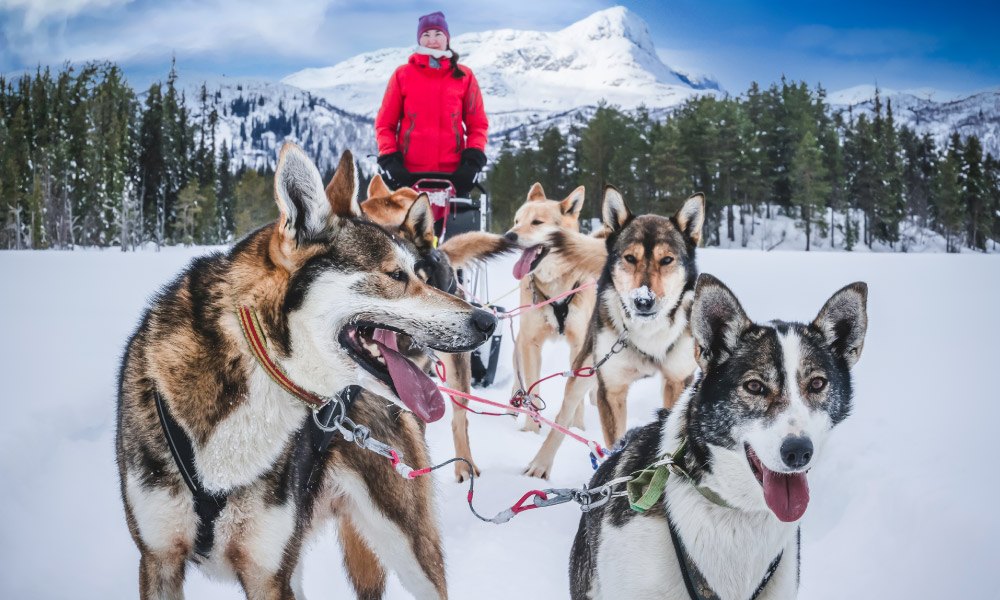
Planning the Race
The Ititarod is an 1,150 mile grueling dog-sled race which commemorates the ancient use of dog sleds by Native Indians over the Iditarod trail to move people and materials. Given that weather and terrain conditions may vary, the race will take 9 to 12 days to complete. To learn more, please visit http://www.iditarod.com/learn/history.html.
And it is a race. But most of us don’t think of a “race” as lasting days — perhaps second or minutes, or in rare cases like a marathon, hours. We are all about the sprint, about energy and explosiveness, but not so much concerned about sustained effort, about energy conservation, about planning.
Too often I see my clients —senior executives in both small and large companies — drawn to the attractiveness of the sprint. The big idea which will produce a “quick win”. And while in certain instances that quick win may be likely, and potentially valuable, the resources that must be rousted and reassigned to work on that sprint project will inevitably be redirected from longer term efforts which will lose traction. Now, I’m not saying that CEO’s shouldn’t be open to, if not seeking, high-impact opportunities for their enterprises. But I am advocating that quick win projects a.) should not be undertaken too frequently and b.) should only be undertaken with a balanced perspective to the longer-term needs of the business.
Successfully operating and growing a business is much more like an Iditarod race. It requires planning, understanding how progress will be made, and understanding how smaller, incremental wins or accomplishments will build upon one another to achieve larger, more complex goals.
Looking at the Iditarod, or dog sled races in general, we see that the Musher plans his or her route with care, and looks to complete the race as quickly and efficiently as possible. That means course corrections are kept to a minimum, and the dogs can do their work with a relatively consistent application of effort. Can you imagine a dog-sled team veering wildly to the left, and then to the right, and then to the left again? How much energy would be used by the team in that scenario? How much confidence does the team have in the Musher if this is a regular, sustained practice? As managers we must be just as thoughtful about unnecessary energy dissipation in our teams. If we ask them to regularly veer off their current objectives, aren’t we dissipating their capacity to make an optimal contribution to the business? And equally, aren’t we eroding their confidence in us as leaders who understand how to manage a team, and stay committed to long term objectives?
New? Start here.
Stay in the Know
Sign-up to get our latest articles delivered right to your Inbox.
"*" indicates required fields
Topics
alignment
Caretaking
CEO
clarity
cogs
communication
credibility
determination
discipline
Dogsled
equanimity
explictness
fair
Francis I
geometry
gravitas
Harness
Iditarod
information
insipired followership
Intentionality
Leadership
leading from the rear
line of sight
Management
measurement
Millenials
mistakes
Musher
obession
Peggy Noonan
planning
Pope
Power
praise
Process
race
Roles
Sales
self-control
selling your business
span of control
transparency
vision
winning
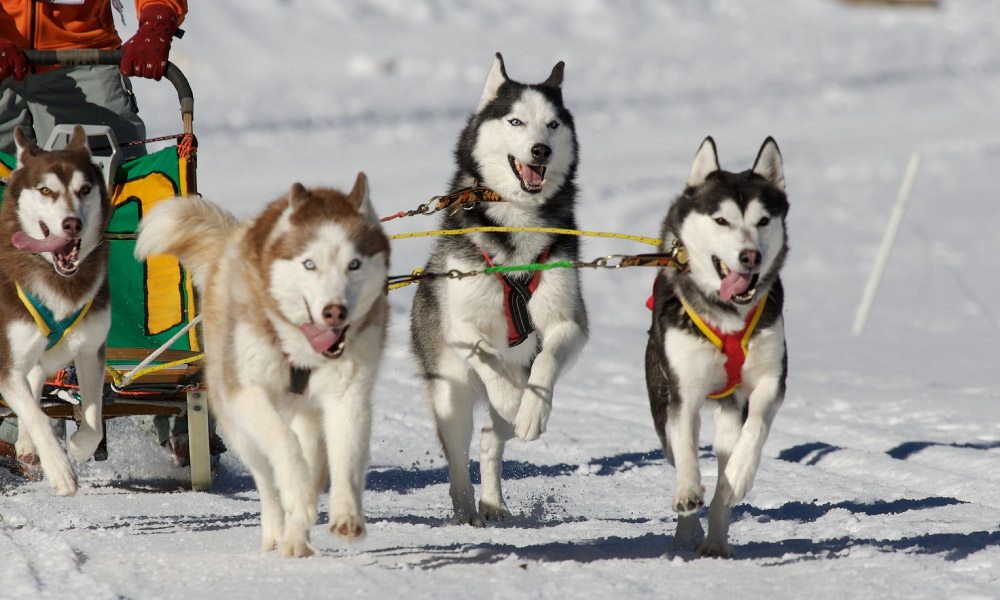
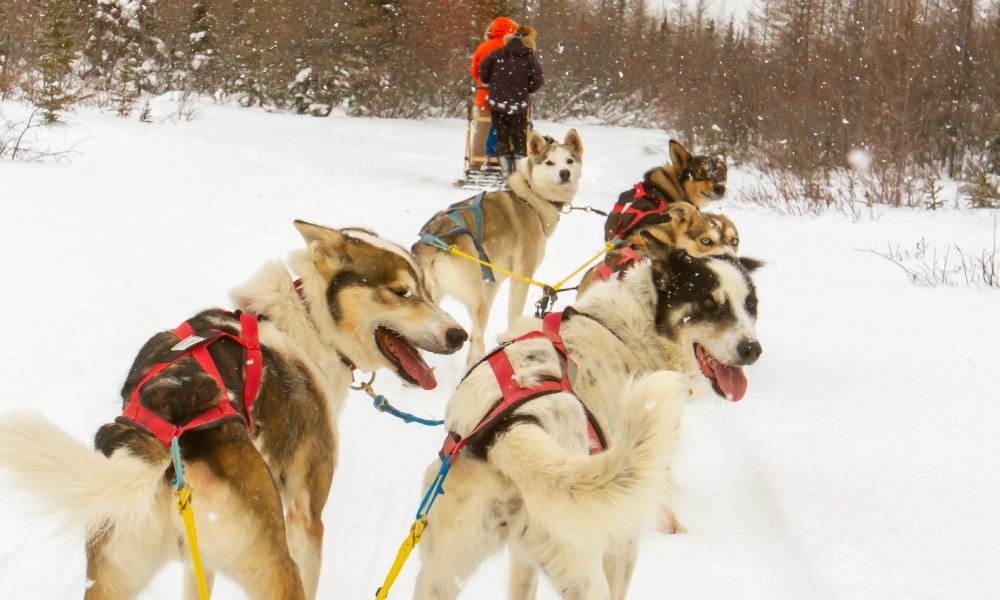
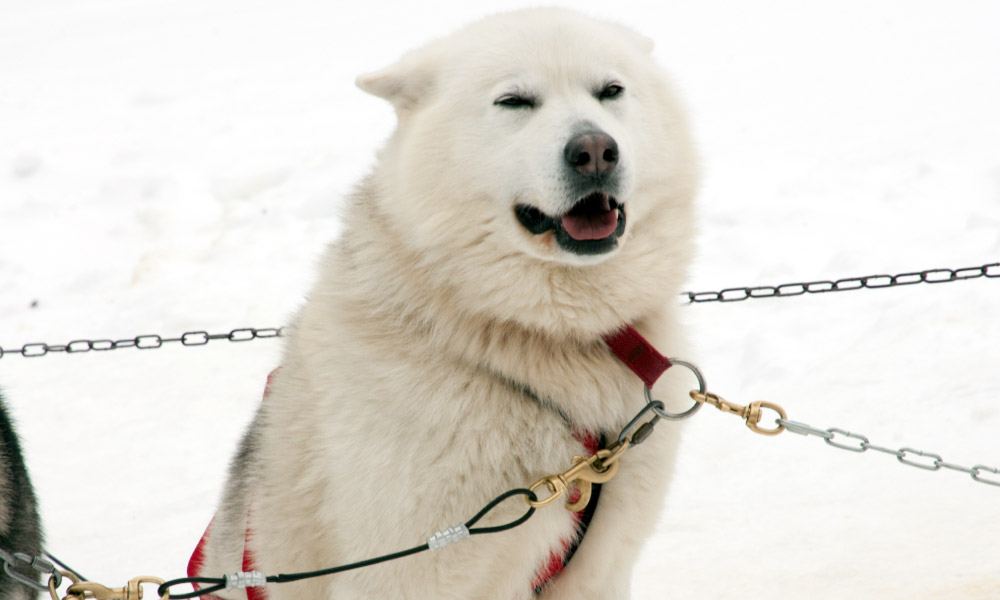
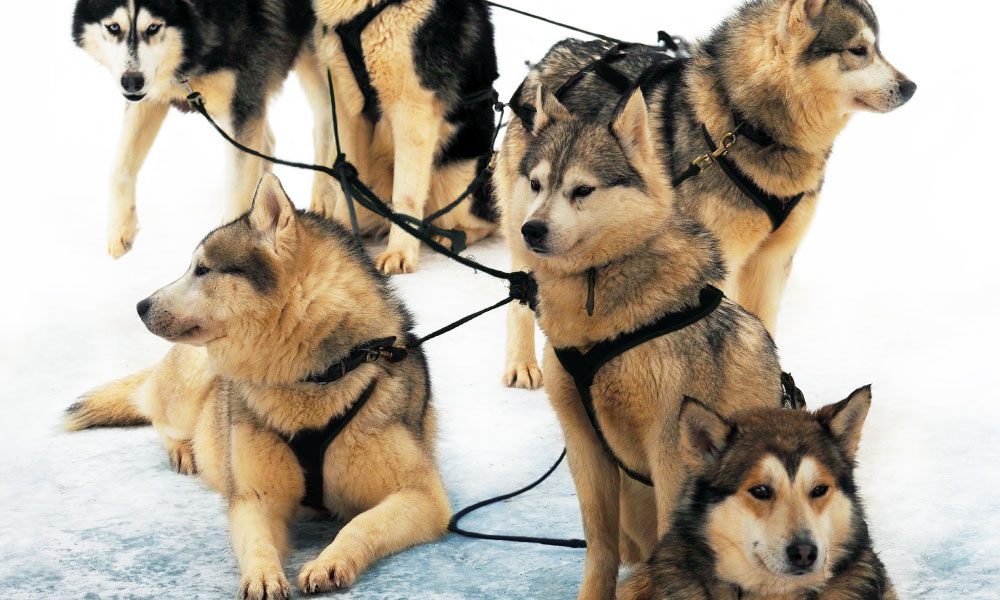
great perspective Dave. Congrats and keep sending us your insights! Best!
Sidney